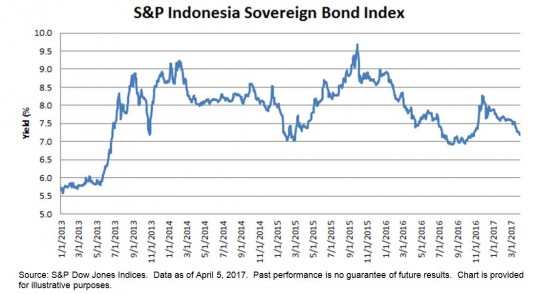Equity markets in South Africa, as measured by the S&P South Africa Domestic Shareholder Weighted (DSW) Index ZAR, increase 5% in 2016. Aside from the GDP contraction experienced in the last quarter of 2016, conditions were generally improving in the country. For example, the South African rand strengthened during the year and the municipal elections passed without incident.
However, it appears that active managers were not able to take advantage of these more favorable conditions; 72% of South African equity funds underperformed their corresponding S&P DJI benchmark over the one-year period, and 77% underperformed over the 10-year period.
In regard to active funds invested in global markets, funds in South Africa fared poorly during the year and were the worst performers among the fund categories studied in the SPIVA® South Africa Year-End 2016 Scorecard.
For more details of the report, please click here.












